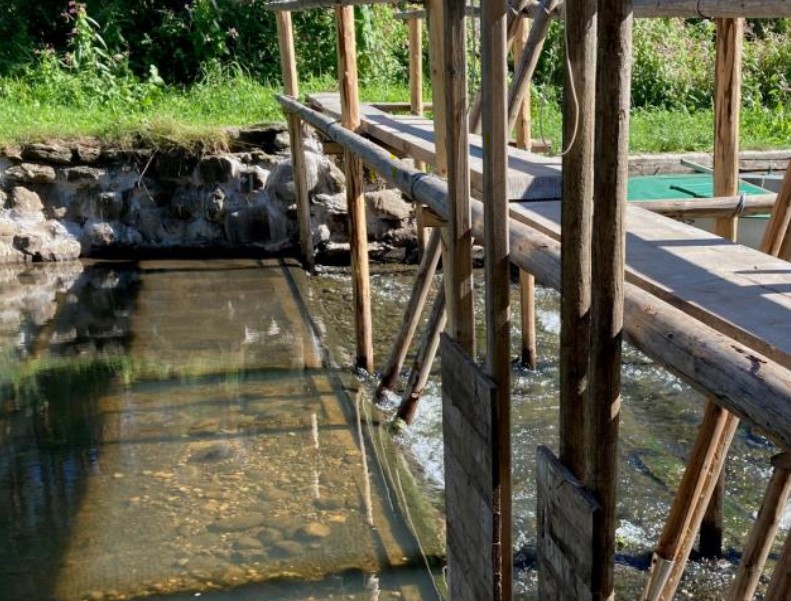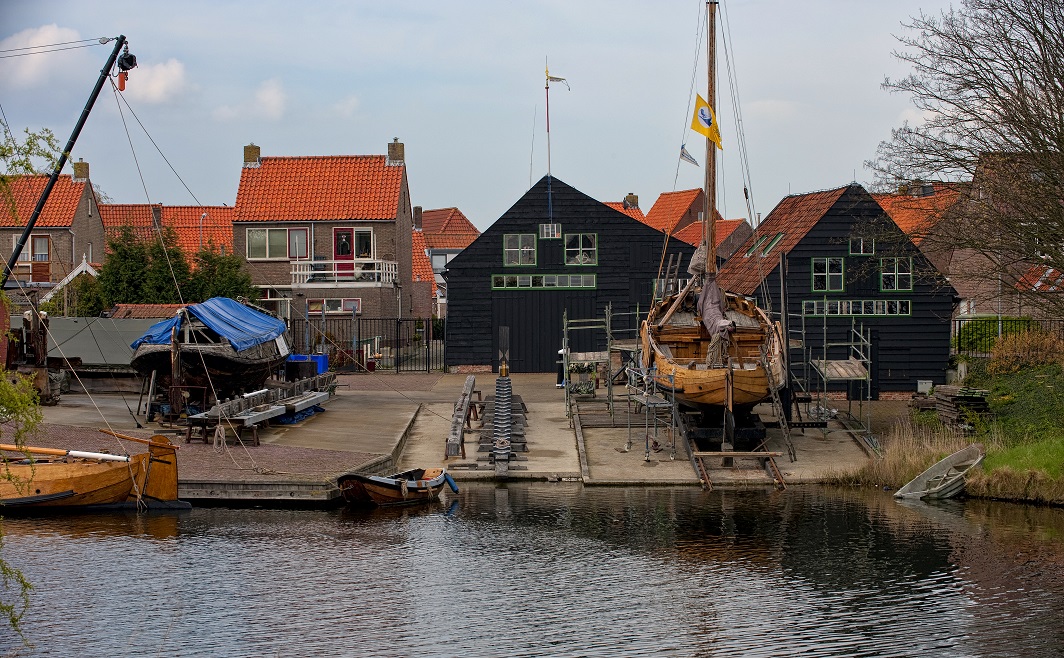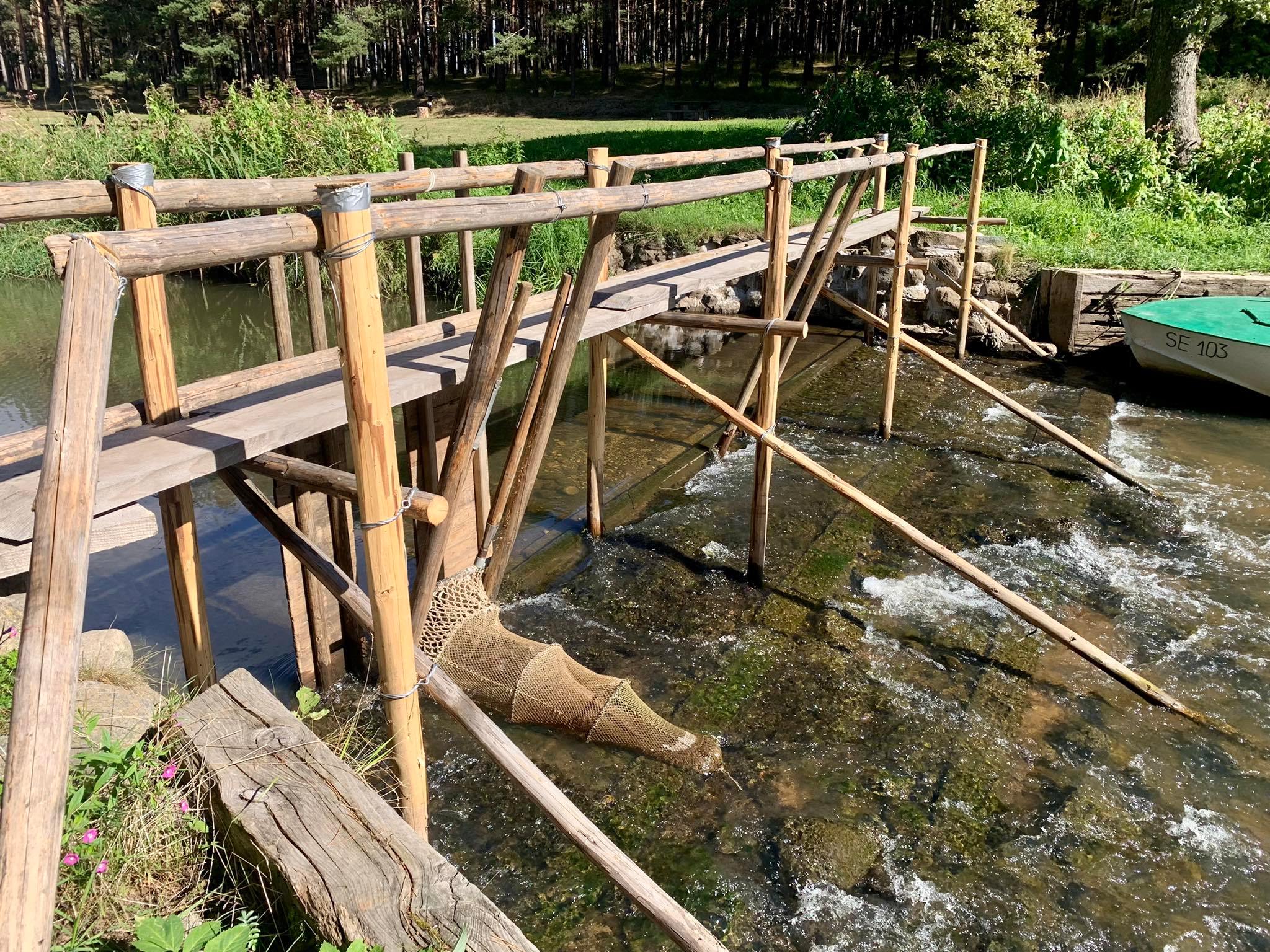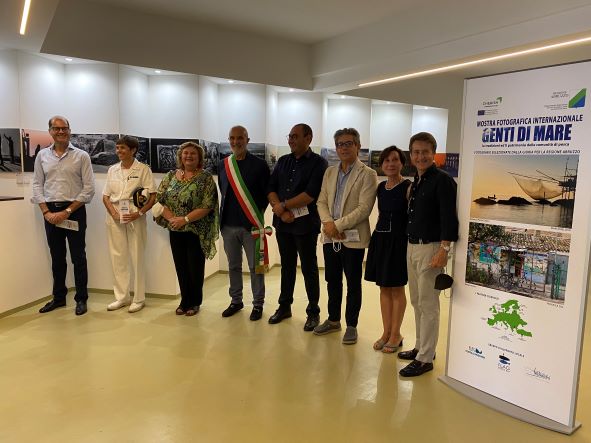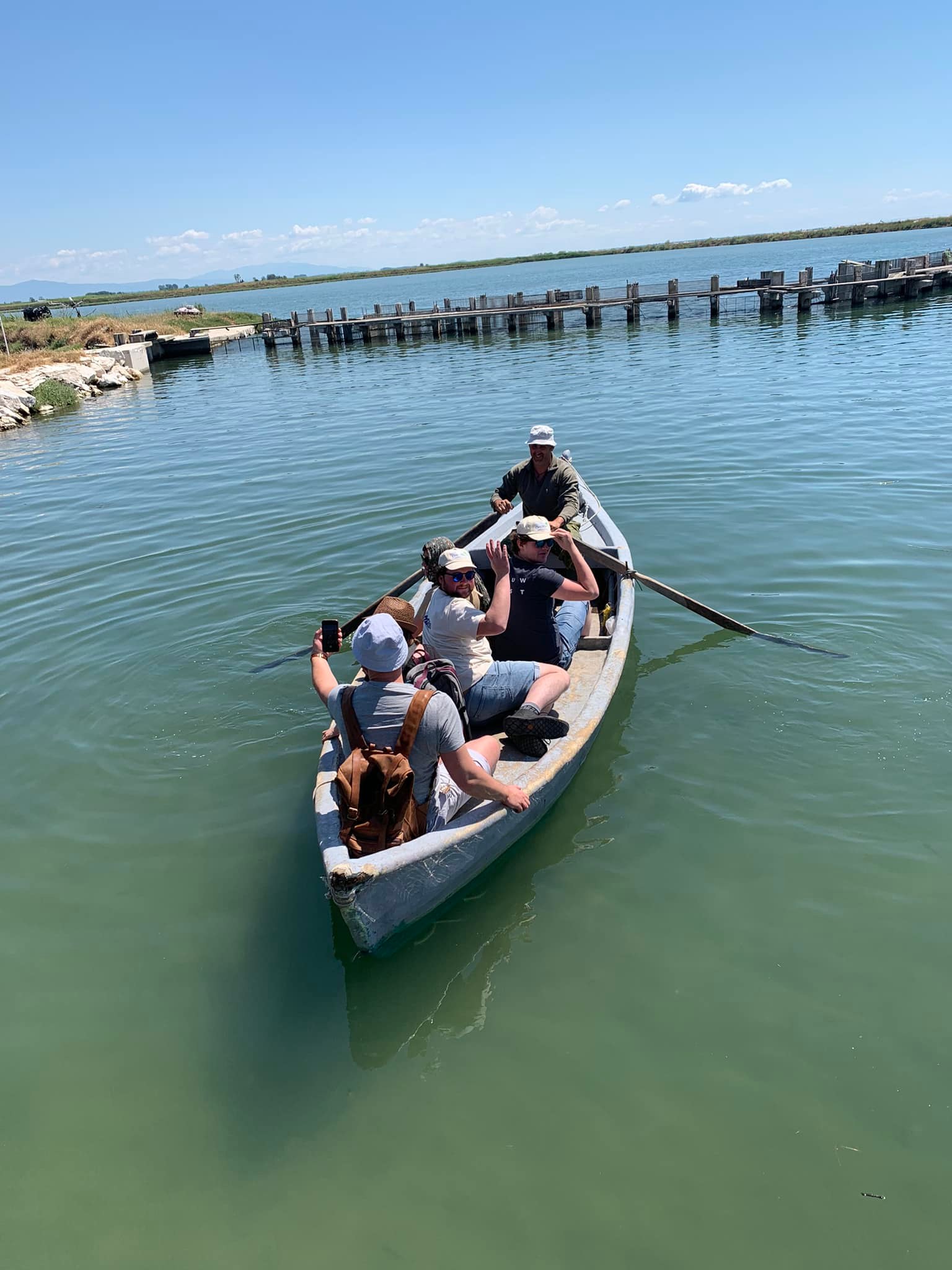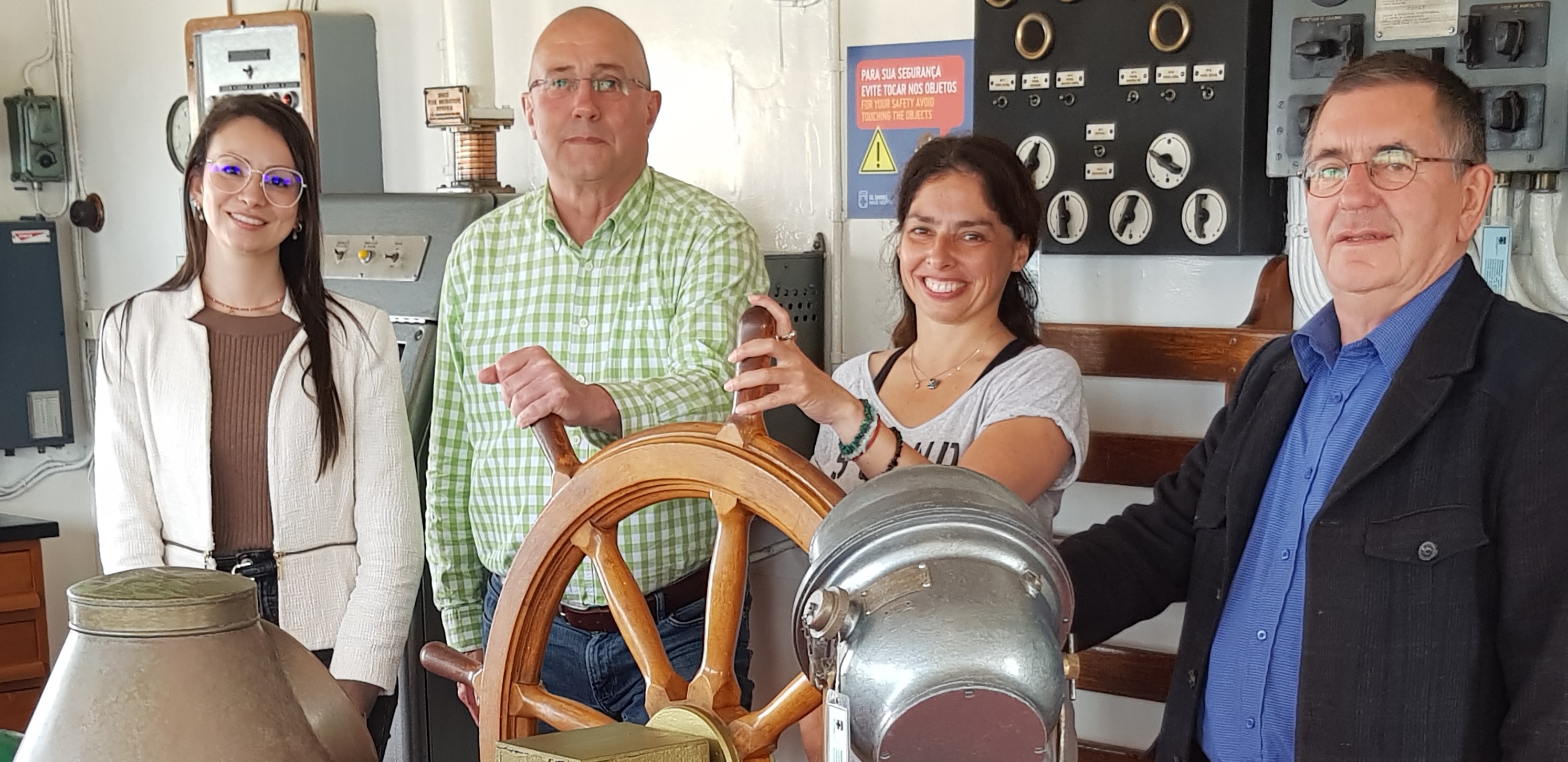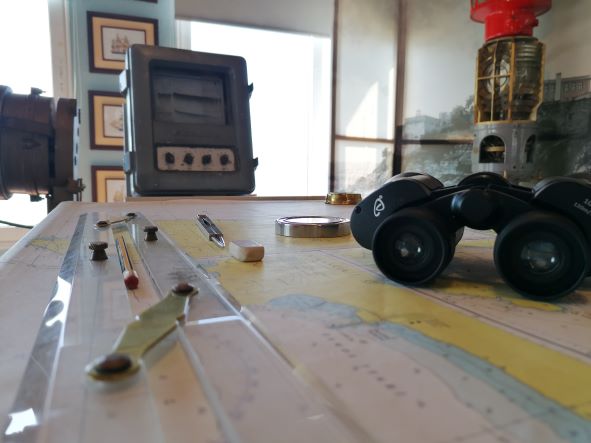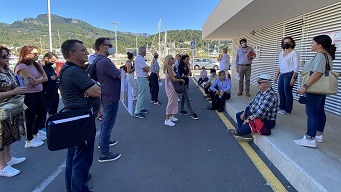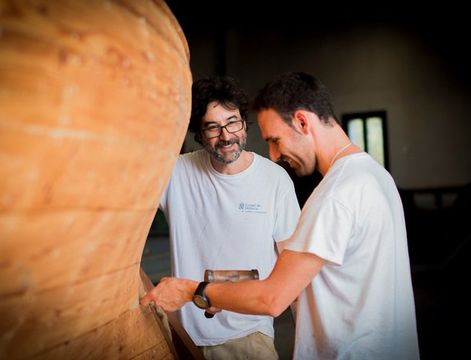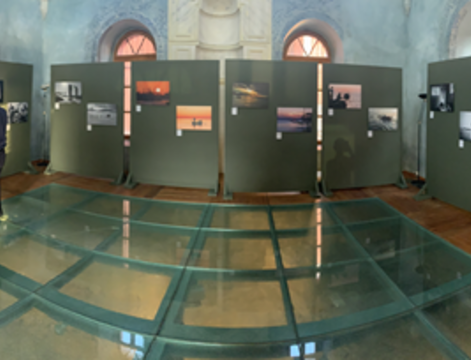The fishing sector of Mallorca is characterised by its history and traditions. The fleet of traditional small vessels has been estimated at 750 boats, but many have already disappeared as they’ve been scrapped for material for modernising the fleet. The entire process of small-scale fishing has undergone major modernisation and mechanisation, changing the heritage associated with the economic activity.
Fortunately, most of the traditional fleet is still in use, either for professional and amateur fishing, or for recreation such as sailing competitions. And thanks to the accuracy of numerous paintings depicting ships, it is known what the vessels looked like that have been lost, which is of great value to the boat builders restoring vessels, and to those interested in historical maritime life.
However, different factors are still contributing to the decline of the historical fishing communities and their heritage, such as globalisation of the market, changes in consumer habits, ageing of the working population etc. And more specific to the fishing trade: lower catches and low profitability, sea pollution, and loss of traditional crafts and trades.

Working together to promote cultural heritage
Different solutions have been thought of and carried out by the local authorities, businesses and institutes. Local and regional actors are able to meet in the Maritime Museum to generate proposals and actions or activities which will help to protect and promote the cultural heritage of the fishing communities of Mallorca. Furthermore, during meetings with the partners of CHERISH, inspiration can be found in completed projects of other fishing communities which deal with similar situations.
Mallorca has strong ties to tourism, therefore economic opportunities related to protecting and promoting the heritage of its fishing communities are quite feasible. By associating the fishing communities with hiking routes, the Department of Environment hopes to raise awareness among locals and visitors of the importance of the maritime history for the island. Another example is the possibility to introduce added-value labelling for fish and merchandise stemming from the fishing trade and crafts, as the demand for local and seasonal products is on the rise.
To safeguard intangible heritage, traditional knowledge has to be transmitted to future generations. On the island, the profession of master boat builder was waning, but the Council of Mallorca created Vocational Educational Training to teach young people the craft. Furthermore, different activities are held during fairs and regattas to promote the profession and maritime heritage.
More people trained for boatbuilding means there is more qualified personnel available for the restoration and maintenance of traditional vessels who can be employed by different institutes such as the Maritime Museum of Mallorca.
The Cala Gamba Yacht Club hosts several annual regattas for traditional vessels and lateen sailing. Furthermore, the yacht club offers free moorings and other benefits for traditional vessels owners who participate in the regattas hosted by the yacht club. Participation of the events and the services provided has increased to such an extent there is now a waiting list.
Policies and laws related to cultural heritage
The territorial plan of Mallorca (PTM), can be improved on a couple of elements to ensure the protection and promotion of cultural heritage of the fishing communities. Heritage should be approached as an economic resource, better conservation is needed of tangible cultural heritage elements such as the traditional fleet, initiatives need to be encouraged which involve the fishing communities and their heritage, and employment can be boosted through the jobs and businesses related to the cultural heritage.
As a result of the national and regional Law on Historical Heritage it is possible to secure the protection of movable, and cultural assets. Already three vessels have been declared Assets of Cultural Interest, and one more has been declared a Listed Movable Asset. Lateen sailboats and lateen sailing are under consideration as an Asset of Intangible Cultural Interest. And the Maritime Heritage Unit is in the process of getting a total of 50 vessels classified as Listed Movable Assets. That’s still not close to the total of 750 traditional vessels, but securing their protection would still be a very important milestone.
One vessel which is listed as an Asset of Cultural Interest, the lateen sailboat La Balear, is used for excursions, environmental education activities and outings around the Mallorca coast and during cultural events at neighbouring islands. These events raise awareness the maritime heritage of Mallorca while allowing people of all ages to experience life at a boat and the excitement of sailing.


